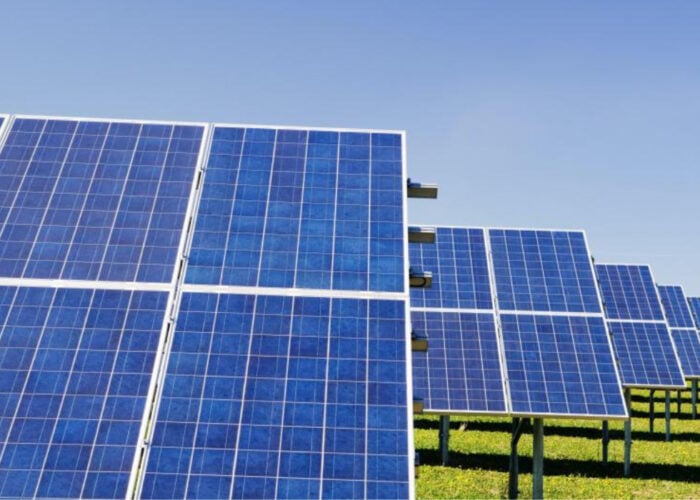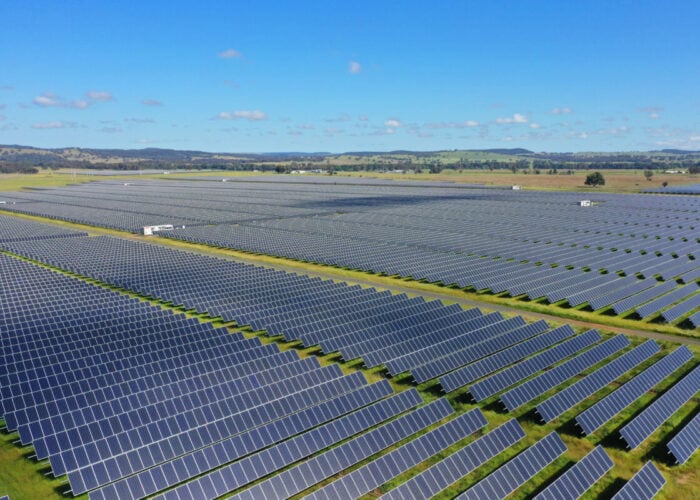
The Australian Renewable Energy Agency (ARENA) will provide AU$20.8 million (US$12.9 million) in funding to a project focused on operating distributed energy resources (DERs) within Western Australia’s South West Interconnected System (SWIS).
As confirmed yesterday (30 January), the funding will be allocated to Project Jupiter. This joint initiative brings together Western Power, Synergy, the Australian Energy Market Operator (AEMO) and Energy Policy Western Australia to grant households more opportunities to join virtual power points (VPPs).
Unlock unlimited access for 12 whole months of distinctive global analysis
Photovoltaics International is now included.
- Regular insight and analysis of the industry’s biggest developments
- In-depth interviews with the industry’s leading figures
- Unlimited digital access to the PV Tech Power journal catalogue
- Unlimited digital access to the Photovoltaics International journal catalogue
- Access to more than 1,000 technical papers
- Discounts on Solar Media’s portfolio of events, in-person and virtual
Or continue reading this article for free
Uniquely, the project will also be the first live DER marketplace in Australia integrated with the Wholesale Electricity Market (WEM). Project Jupiter will operate for three years.
The funds will support the development of a comprehensive commercial solution for integrating DERs that generate, store, or manage electricity near where it is consumed. This includes technologies such as rooftop solar PV, battery energy storage, electric vehicles (EVs) and smart meters.
ARENA CEO Darren Miller said Project Jupiter will be vital for integrating DERs into the SWIS at scale without compromising the reliability and security of Western Australia’s main power system.
“Australia has some of the highest levels of DER globally, with no signs of slowing down. This uptake presents a big opportunity to decarbonise while helping consumers get more value, but it also poses challenges to the grid if not integrated effectively,” Miller said.
ARENA stated that customers with DERs who join the program will have access to new retail products that can enhance the returns on their DER investments. Additionally, coordinating a large group of customers in the energy market can lead to improved energy and grid management, ultimately reducing household energy costs for all consumers.
“By 2028, all new DERs connected to Western Australia’s network will be able to participate in a VPP, allowing households to unlock greater value from their energy investments,” Miller added.
It is worth noting that the project builds upon the data and research gathered from Project Symphony. This VPP pilot programme aimed to adapt grid management to support greater uptake of rooftop solar PV and was revealed in December 2021, operating for two years.
Energy minister calls for ARENA to increase community electrification funding
Earlier this week, Australia’s minister for climate change and energy, Chris Bowen, called on ARENA to increase funding for community electrification initiatives involving solar PV and batteries. The financing for Project Jupiter is likely to appease this call.
Bowen said that thanks to initiatives ARENA has supported, local communities are already reaping the benefits of distributed renewable energy technologies. The minister references the Electrify 2515 Community Pilot scheme as one such initiative.
However, providing further financial support for community electrification projects could help increase the adoption of key technologies for Australia’s energy transition, such as home batteries and rooftop solar PV systems.
The government noted that this is the first time Bowen has used the statutory ministerial referral powers to ask the ARENA board to look at backing specific projects.
“Communities across Australia are seeing the benefits of the clean energy transformation, and the Albanese government is delivering the leadership and support they need to grasp those benefits,” Bowen said.
VPPs to compete directly with large-scale generators in Australia
VPPs and consumer energy resources (CERs) are increasingly coming under the spotlight in Australia, primarily with the ways these technologies can support the energy transition and grant grid stability.
Indeed, the Australian Energy Market Commission (AEMC) released a final determination in December 2024, enabling VPPs to compete directly with large-scale generators in Australia’s National Electricity Market (NEM). The NEM covers Australia’s eastern states, including Victoria, New South Wales, South Australia, Queensland, the Australian Capital Territory (ACT), and Tasmania.
Under the final determination, VPPs, commercial and industrial demand response, and aggregated batteries will be able to compete directly with traditional power stations from May 2027. Incentives for those looking to participate will be available from April 2026 with AU$50 million up for grabs.
The reforms create a new “dispatch mode” that allows retailers to bid these resources into the wholesale electricity market.
AEMC chair Anna Collyer described the new final determination, which was first proposed the reform in July 2024, as “like giving the electricity system a pair of glasses”.







